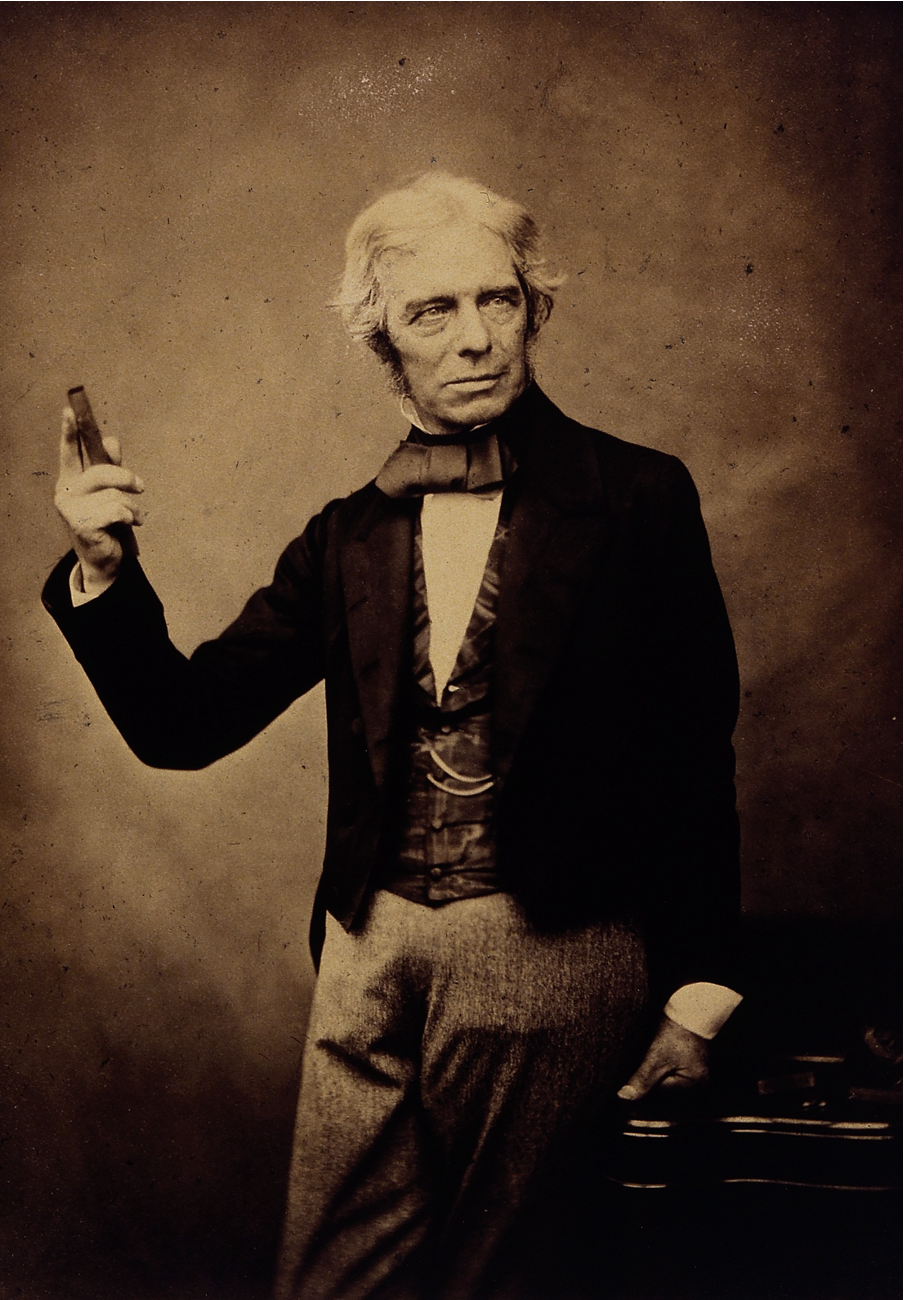
Published 2022-03-07
Keywords
- science and art,
- scientific creativity
How to Cite
Copyright (c) 2022 Stephen Hyde

This work is licensed under a Creative Commons Attribution 4.0 International License.
Abstract
Contemporary scientific research is competitive, costly and coupled to the parallel universe of commerce. A Faustian bargain between scientists and politicians allows the funding to flow. There is another path: to slow down, think and experiment without the pressure of competition and frequent publication. That path will come at a cost: reduced funding for people and equipment. The article compares and contrasts the most creative musical and visual artists with the current scientific model. I suggest that science requires acceptance that true creativity can only come by decoupling from current commercial and political imperatives.
References
- D. Bohm. On Creativity. Routledge Classics. Routledge, 2004.
- G. Celant. In memory of Germano Celant: Arte povera. notes on a guerrilla war. Flash Art April 20, 2020.
- S. Hyde and R. Owen. Sculpting entanglement. Australian Physics, 52(6), 2015.
- R. Mittal, R. Ni, and J.-H. Seo. The flow physics of COVID-19. Journal of Fluid Mechanics, 894, 2020.
- H. Museum of Modern Art. Blue Over Time. https://www.heide.com.au/exhibitions/blue-over-time-robert-owen
- R. Owen and etc. Robert Owen|A Book of Encounters. Perimeter Book, 2021.
- W. C. Poon, A. T. Brown, S. O. Direito, D. J. Hodgson, L. Le Nagard, A. Lips, C. E. MacPhee, D. Marenduzzo, J. R. Royer, A. F. Silva, et al. Soft matter science and the covid-19 pandemic. Soft matter, 16(36): 8310-8324, 2020.





